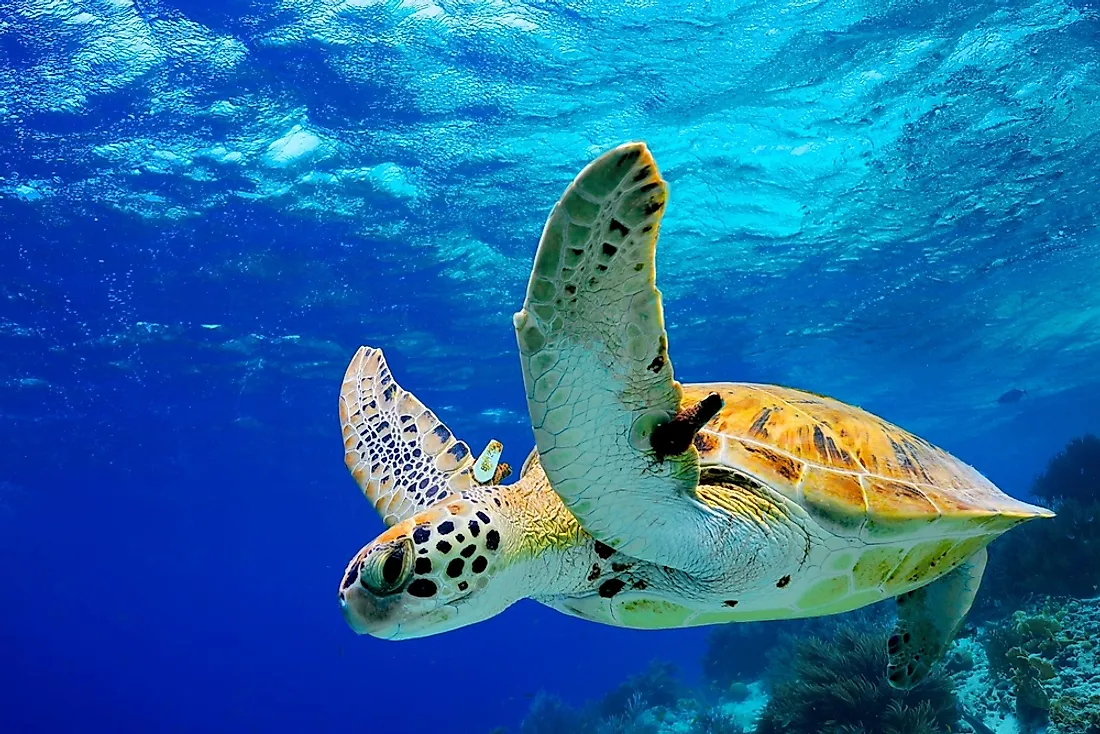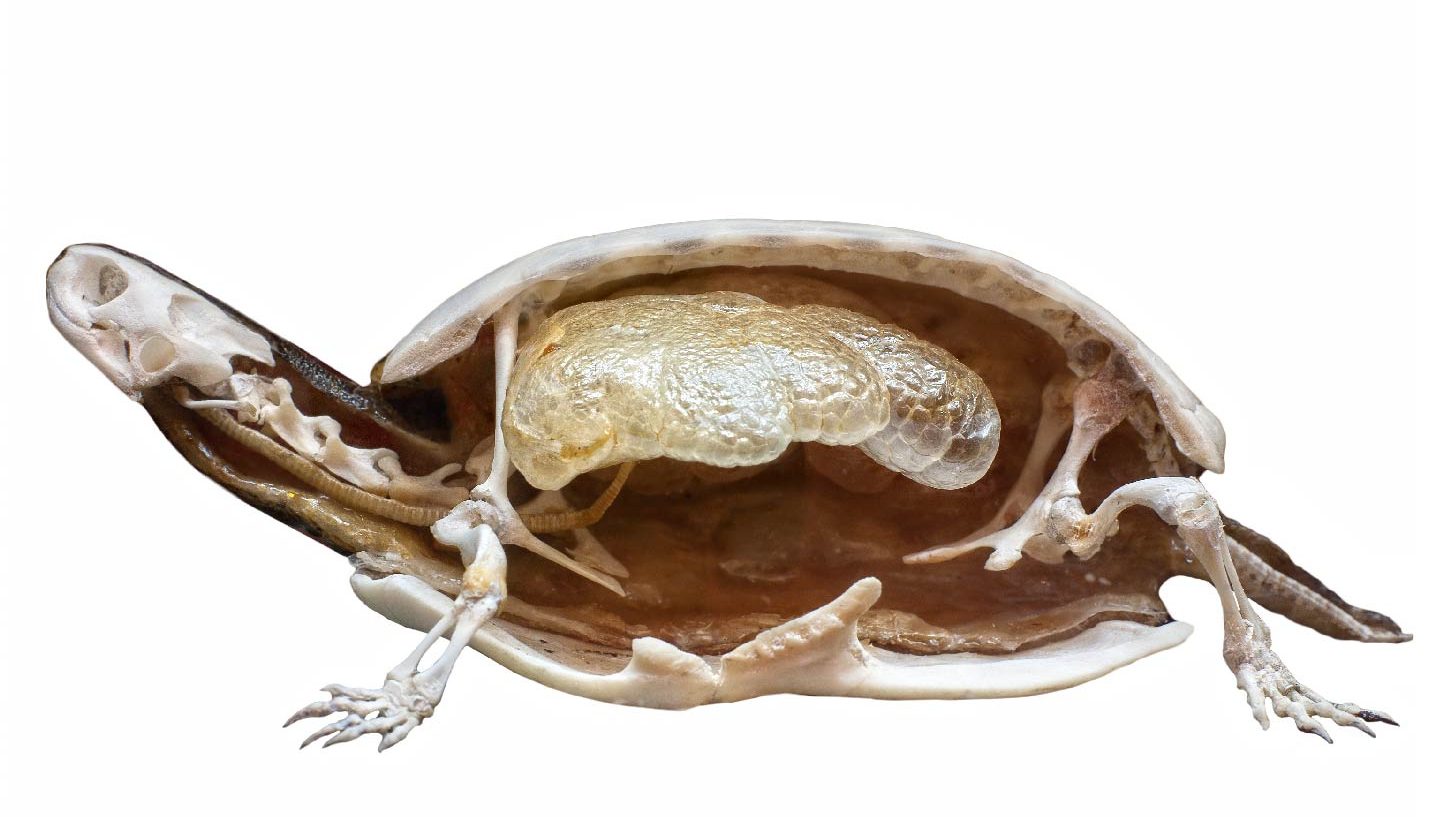Turtles are reptiles, not amphibians. They belong to the order Testudines or Chelonia.
Understanding the difference between these two classes of animals is crucial for both budding herpetologists and curious nature enthusiasts. Reptiles, including turtles, are known for their scaly skin and egg-laying habits on land. Turtles fascinate people with their protective shells and diverse habitats, ranging from terrestrial to aquatic environments.
Their unique biology and behavior have placed them firmly in the reptile category, with a lineage that stretches back to the time of the dinosaurs. Through this introduction, we aim to clarify misconceptions and provide clear and accessible information about these ancient and intriguing creatures.
Characteristics Of Reptiles
Turtles belong to the reptile family, not amphibians. A defining feature of reptiles is their scaly skin. Unlike amphibians, reptile scales do not need to stay moist. These scales provide protection and minimize water loss. Scales are made of keratin, a substance found in human nails and hair.
Reptiles are also egg-laying creatures. Their eggs have a leathery shell, which helps prevent dehydration. Turtles lay eggs on land, usually in sandy or muddy areas. Unlike amphibians, their eggs can survive in dry environments. Every turtle starts life as an embryo inside an egg.

Credit: www.worldatlas.com
Characteristics Of Amphibians
Amphibians’ skin is unique because it needs moisture to survive. Unlike reptiles, amphibians like frogs have special skin that is usually smooth and wet. This skin helps them breathe and take in water. It is a key part of how they live.
The tadpole stage is part of an amphibian’s life cycle. Frogs, for example, start life as tadpoles in the water. They then grow legs and lungs to live on land. This change is called metamorphosis.
Turtle Anatomy
Turtles are reptiles, not amphibians. This confusion often arises due to their aquatic lifestyle.
Their anatomy reveals reptilian traits. A turtle’s shell is a key feature. It is made of bone and covered in keratin scales. This shell is unique to turtles.
Turtles breathe air with lungs, like all reptiles. Amphibians often have gills at some life point. Turtles never have gills. Their lungs are like ours but adapted for long dives.

Credit: www.goodandbeautiful.com
Turtle Reproduction
Turtles are fascinating creatures with unique reproductive behaviors. They differ from amphibians in their egg-laying habits. Both male and female turtles are involved in the process of internal fertilization, which occurs within the female’s body.
After mating, the female turtle prepares to lay her eggs. She finds a suitable spot on land to create a nest. The eggs are then laid and covered with dirt or sand for protection. Depending on the species, it can take several weeks to months for the turtle eggs to hatch. Young turtles must fend for themselves, as parent turtles do not provide care after birth.
Turtle Classification
Turtles are part of the reptile class, not amphibians. This classification is due to specific characteristics that align with reptiles. All reptiles, including turtles, are amniotes. This means they lay eggs with hard or leathery shells on land.
Reptiles also have skin covered in scales, and they are cold-blooded animals. These traits help in surviving in various environments. Unlike amphibians, turtles do not have to stay near water bodies after their juvenile stage. Their lung-based breathing also sets them apart from amphibians, who often breathe through their skin in early life.
| Category | Characteristic |
|---|---|
| Classification | Reptile |
| Egg Type | Amniote |
| Skin | Covered in scales |
| Thermoregulation | Cold-blooded |

Credit: www.quora.com
Frequently Asked Questions Of Are Turtles Reptiles Or Amphibians
What Class Do Turtles Belong To?
Turtles are reptiles, belonging to the class Reptilia alongside snakes, lizards, and crocodiles.
How Can You Distinguish Turtles As Reptiles?
Turtles have characteristics typical of reptiles, such as scaly skin, a propensity for laying eggs on land, and cold-blooded metabolism.
Why Aren’t Turtles Considered Amphibians?
Turtles are not amphibians because they don’t have an aquatic larval stage and their skin lacks the moist permeability found in amphibians.
Do Turtles Live In Water Or On Land?
While many turtles are aquatic or semi-aquatic, all turtles need to come onto land to lay eggs, showcasing their reptilian nature.
Can Turtles Breathe Underwater Like Amphibians?
Turtles cannot breathe underwater; they must surface to inhale air, unlike amphibians that can absorb oxygen through their skin.
What Features Do Turtles Share With Reptiles?
Turtles share features with reptiles such as keratinized shells, internal eggs, and ectothermic thermoregulation, differing from amphibians.
Conclusion
Understanding the differences between reptiles and amphibians helps us appreciate turtles. Clearly, with their dry, scaly skin and egg-laying habits, turtles belong to the reptile family. By demystifying this common confusion, we not only enrich our knowledge but also deepen our connection with these fascinating creatures.
Embrace the wonder of turtles, true representatives of the reptilian world.
